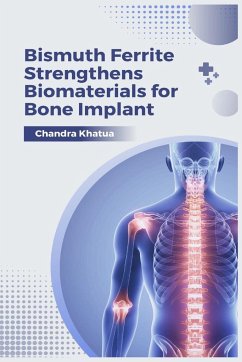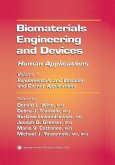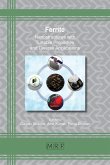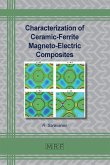Bismuth ferrite is a promising material that has been shown to enhance the strength and biocompatibility of biomaterials for bone implants. In recent years, orthopedic research has focused on improving implant design and materials to promote bone regeneration and healing, and bismuth ferrite has emerged as a potential solution. Materials science and biomedical engineering have played a critical role in developing biomaterials that can support bone tissue growth and regeneration. Implant stability and mechanical properties are key factors in the success of a bone implant, and bismuth ferrite has been shown to improve both of these aspects. Its unique properties make it an ideal candidate for implant coatings and surface modifications that can enhance biomineralization and bone bonding. Biomaterials like bioceramics and nanomaterials have also been investigated for their potential in tissue engineering and bone regeneration. Scaffold materials have been designed to mimic the structure of natural bone, and bismuth ferrite can be incorporated into these materials to improve their properties. In vitro and in vivo testing has shown promising results in terms of implant biocompatibility, osseointegration, bone formation, remodeling, and ingrowth. One of the most important aspects of bismuth ferrite is its ability to enhance bone cell activity by modifying the implant surface energy and surface charge. This biomimicry of natural bone properties has led to the development of bone substitute materials and bioglass that incorporate bismuth ferrite. Composite materials that combine bismuth ferrite with other biomaterials have also been explored. In conclusion, Chandra Khatua's research highlights the potential of bismuth ferrite in strengthening biomaterials for bone implants. Its unique properties and ability to improve implant stability, mechanical properties, and biocompatibility make it a promising candidate for future implant design and tissue engineering applications.








